From the Field
May 13:
Paul Holt reports from Taiwan
Once again we saw all of the island’s 31 endemics on this year’s Taiwan tour– with several Swinhoe’s and Mikado Pheasants, multiple Taiwan Thrushes, several Taiwan Blue Magpies, Rusty Laughingthrushes and four Chestnut-bellied Tits as well as umpteen Taiwan Yuhinas perhaps topping the bill. As is so often the case Taiwan Partridge proved the most awkward and required two visits to their preferred bird blind. Other goodies included the endemic race of Maroon Oriole, several close range Malayan Night Herons, two equally obliging Fairy Pittas and a whole host of migrant song (six Pechora Pipits) and shorebirds (think Red-necked, Long-toed and Little Stints, Great Knot, Grey-tailed Tattler, Terek and Broad-billed Sandpipers)… Despite a few small tremors than lingered after the early April earthquake and the effective closure of the spectacular road down through the Taroko Gorge we still saw some stupendous scenery…

Several Malayan Night Herons, here a second calendar year, were seen.
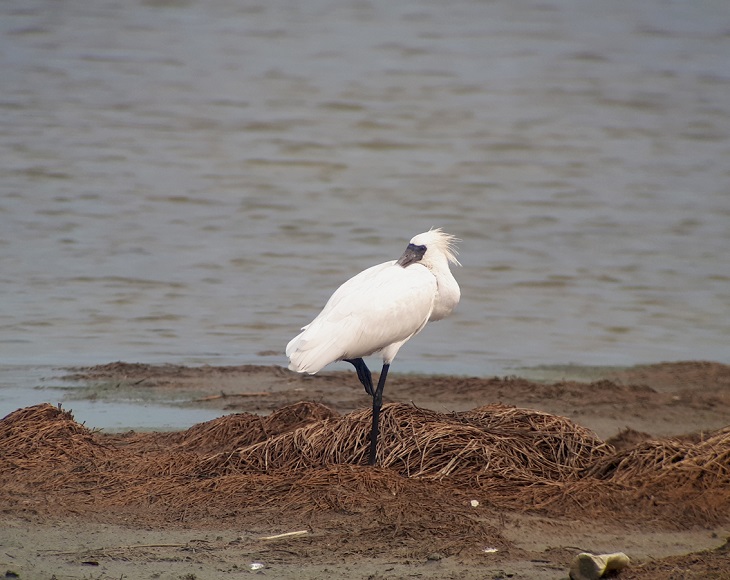
Several Black-faced Spoonbills lingered long enough for us to meet them…

Our ferry crossing to Lanyu Island was smooth and produced a few birds…

Once there the local goats vied for our attention...

...with flocks of Eastern Cattle and the occasional Chinese Egret.

Some of us enjoyed the local Flying Fish delicacy for dinner!
May 6:
Skye Haas reports from the recent Colorado: Lekking Grouse tour
WINGS has once again successfully completed yet another tour of Colorado, Kansas & Nebraska for the various lekking species of grouse. We observed 140 species of birds this year, including all our target grouse species as well as a bonus pair of White-tailed Ptarmigan. Other highlights include a Eurasian Wigeon, Barrow's Goldeneye, Mountain Plovers, American Goshawk, several Ferruginous Hawks, American Three-toed Woodpecker, Burrowing Owl, Pinyon Jays, Pine Grosbeaks, and all three species of Rosy-Finch- Gray-crowned, Brown-capped and Black! In addition to the fantastic list of birds observed, we enjoyed lots of charismatic mega-fauna such as American Bison, Pronghorn, Elk, Bighorn Sheep as well as the more demure such as Yellow-bellied Marmot, White-tailed Jackrabbit and the endangered Gunnison Prairie Dog. And of course, all of this was set against the incredible scenery that the Rocky Mountains provide around every corner!

Greater Prairie-Chicken

Lesser Prairie-Chicken
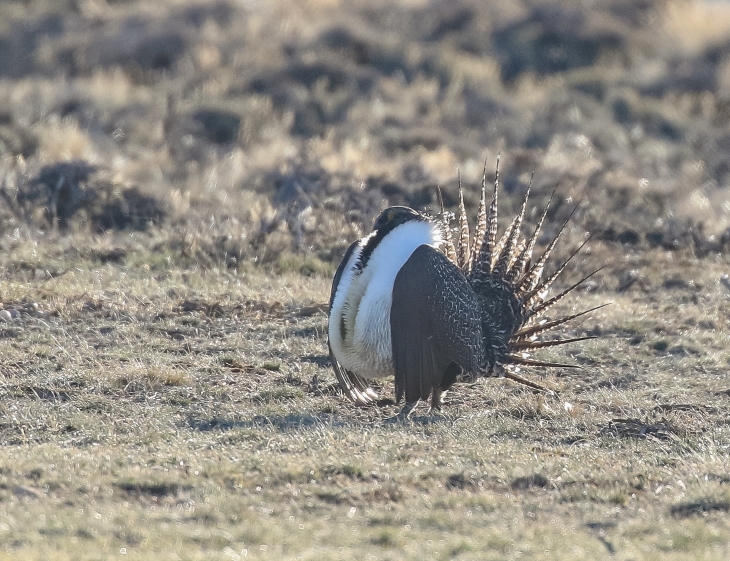
Greater Sage-Grouse
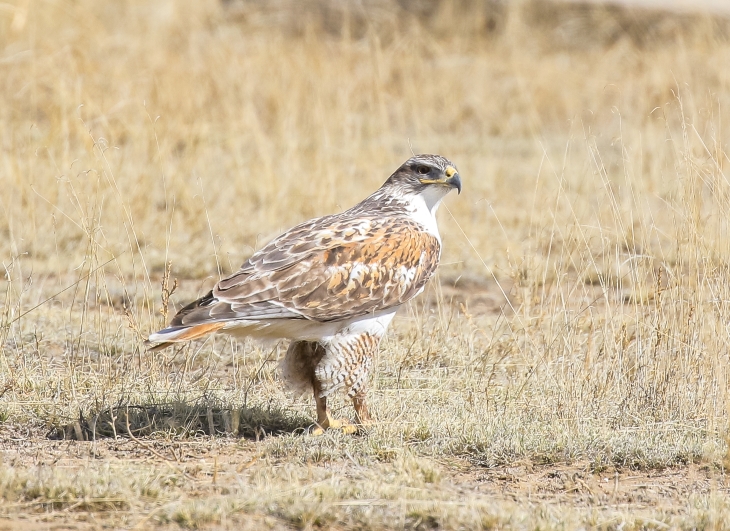
Ferruginous Hawk

Mountain Plover
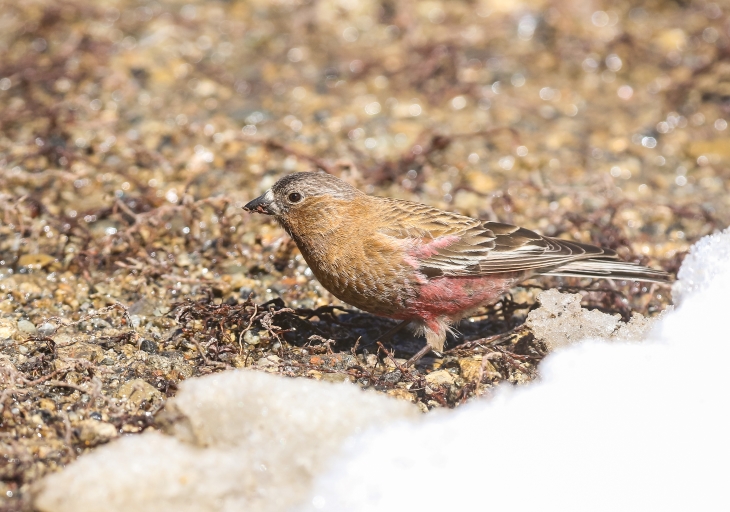
Brown-capped Rosy-Finch
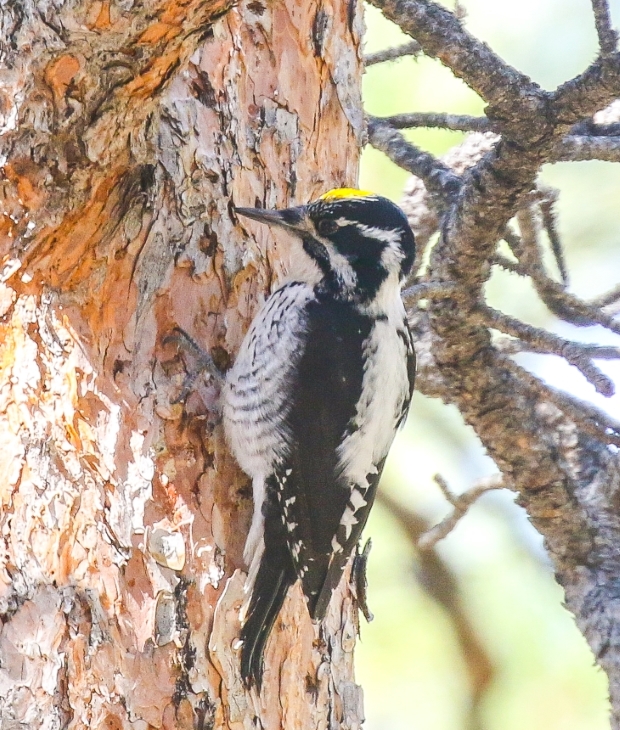
American Three-toed Woodpecker
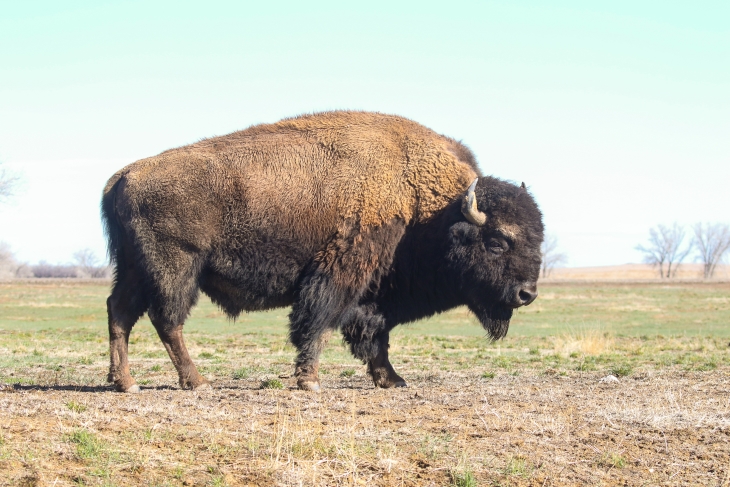
Bison
May 1:
Jon Feenstra reports from the Upper Texas Coast
We just finished up a great week on the Texas coast, where it only takes the right kind of wind to turn a good place into a great place. Though south winds dominated, the north wind blew for two days and we were treated some to bird-filled woods. It was busy, and on one day we saw 24 warbler species.
The crowd favorite was Golden-winged Warbler, but it was too busy to get a photo, but the Prothonotary Warbler was also popular and posed nicely.
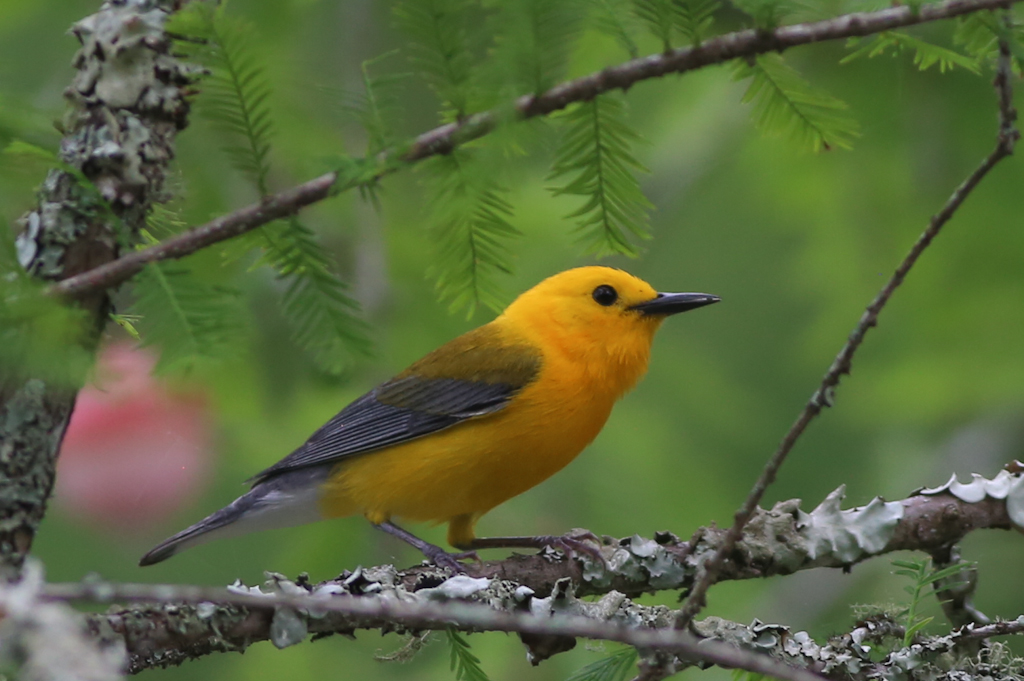
There were also dozens of Yellow-billed Cuckoos around: flying by on the highway, sitting on fence wires, eating huge caterpillars, and sometimes just hanging out.
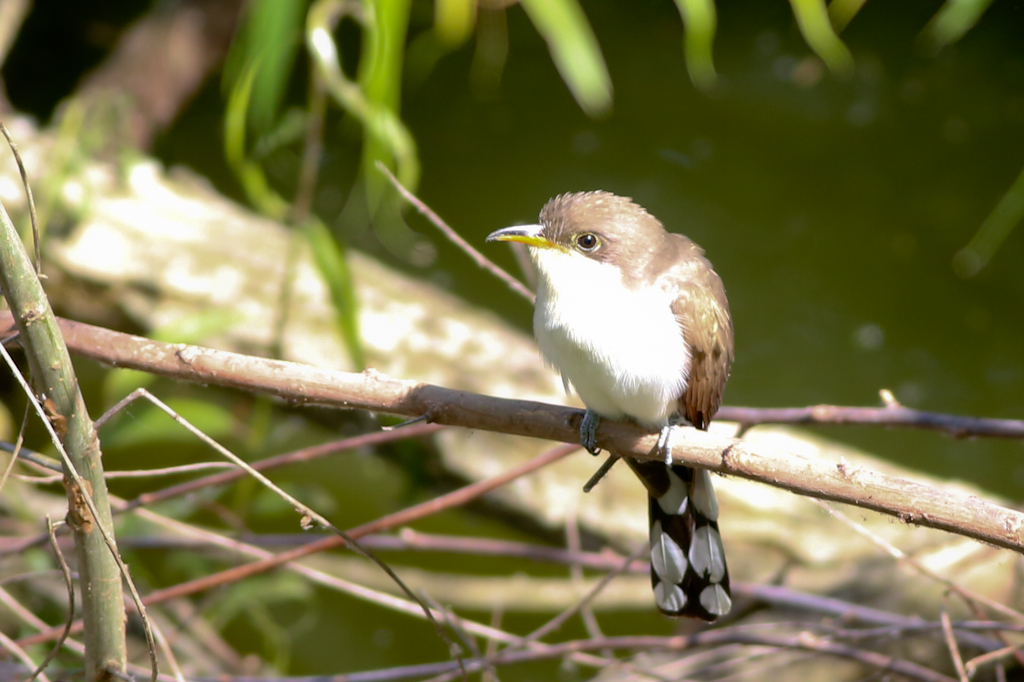
When the south winds were blowing we spent time away from the woods and out in the fields for things like this Dickcissel, singing away…
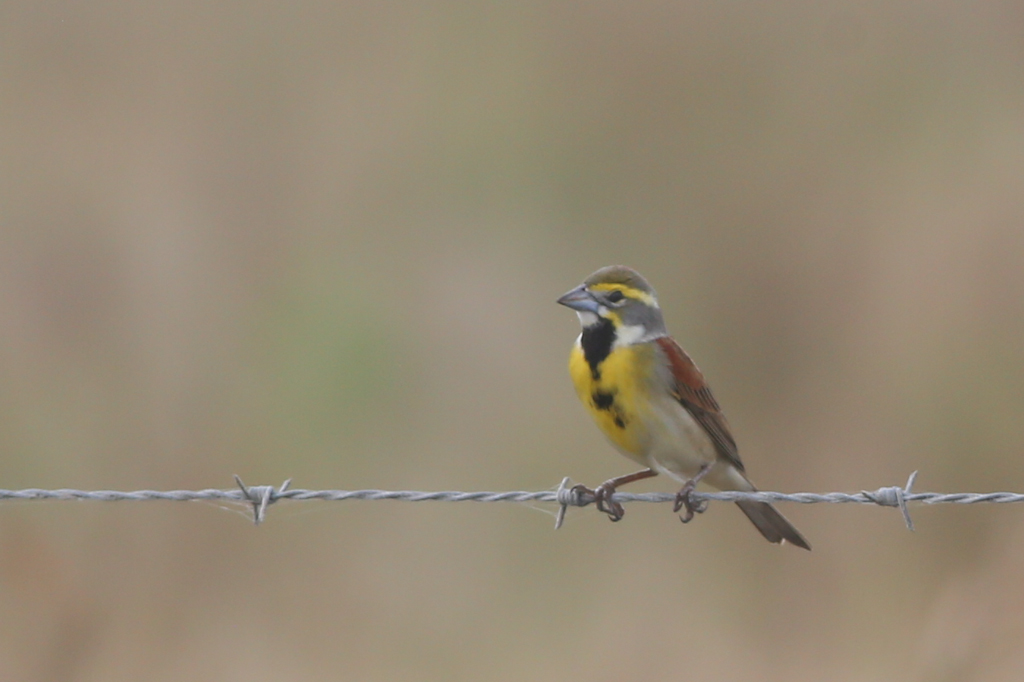
…or this Upland Sandpiper, one of about 20 we saw that day. This one was exhibiting its ideal behavior of perching on a roadside fence post.

No matter how the winds are blowing, the resident birds are always around. Purple Gallinule was one that lurked across the marshland.
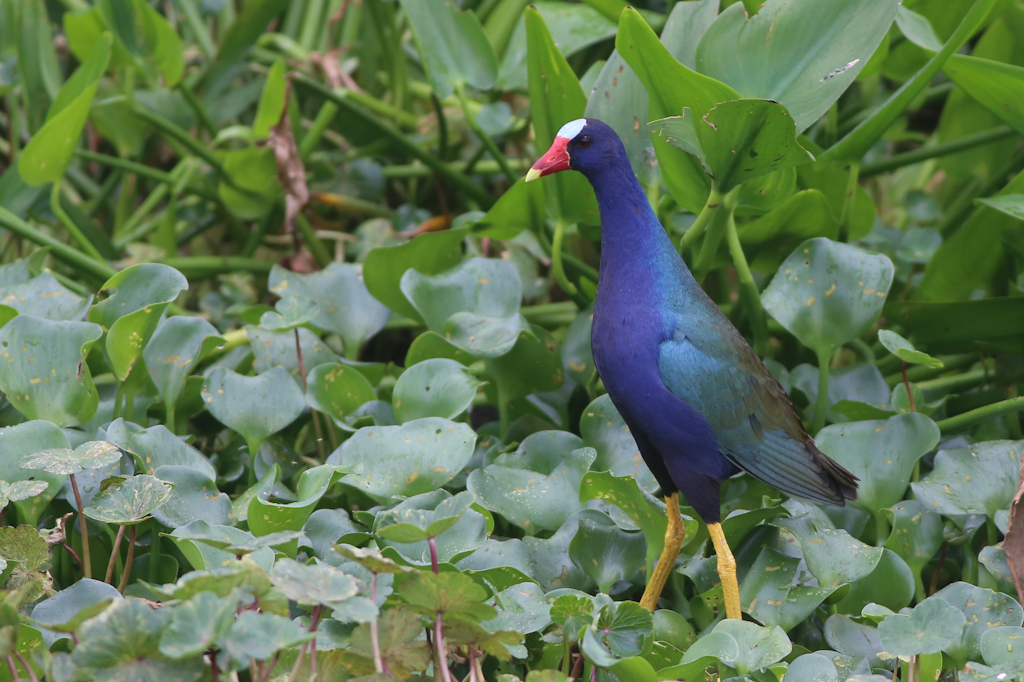
And, everyday was a picnic lunch. There was plenty of Cajun food for dinner, so sandwiches and salads were good, and we didn’t need to stop birding!

April 25:
From Alcatraz to Galapagos… in Mexico!
Steve Howell & Luke Seitz report from a brief research trip to Mexico’s Islas Marias, until 2019 a legendary, high-security prison but now a newly minted tourist destination! In the company of biologists Jonathan Vargas and Sinead Gomez Rosas, and with the gracious support of Biosphere Director Pablo Zamorano de Haro, of Mexico’s Commission of Protected Areas, Steve and Luke spent an intensive two days and managed to find all 24 (!) of the island’s currently recognized endemic bird taxa, some treated as full species (with several more that seem good species candidates), and some never encountered previously by birders! Almost all of the endemics vary from tame to absurdly tame, recalling the avifauna of the Galapagos Islands—Steve really should have had a zoom lens!
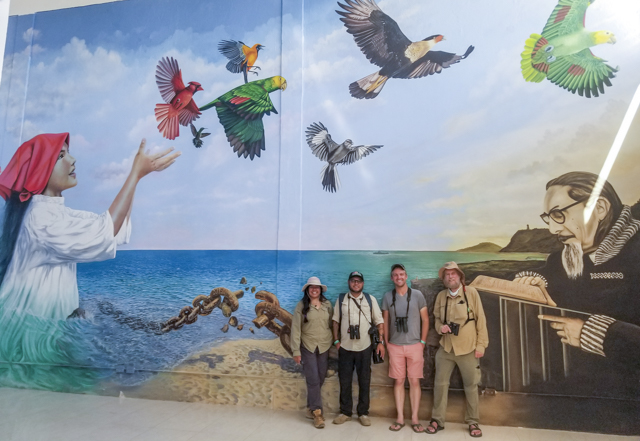
- From left to right the team: Sinead, Jonathan, Luke, and Steve under a mural in the reception area attesting to the island’s dramatic change in status.
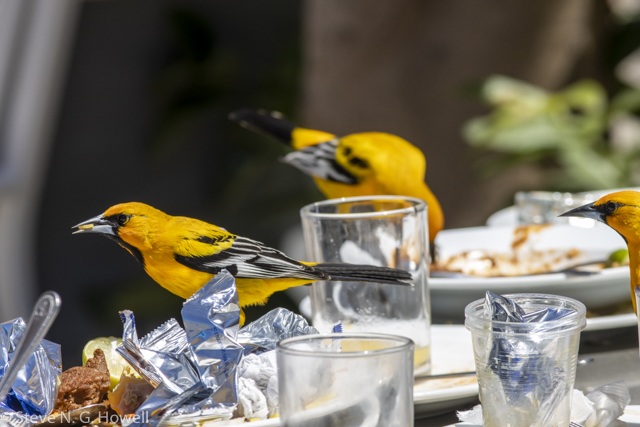
Probably the biggest ‘danger’ on the island is having your food eaten by the big and bright endemic Streak-backed Orioles, one potential split (a pity the name ‘Golden Oriole’ is already taken).
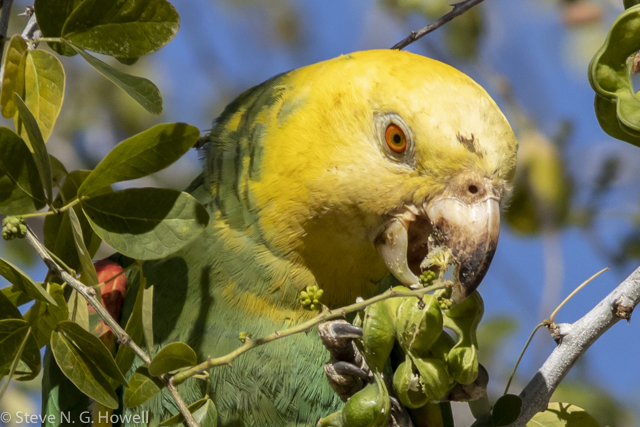
Very local and mostly extirpated on the mainland, Yellow-headed Amazons are conspicuous right in town (and treated as a full species by some authorities)
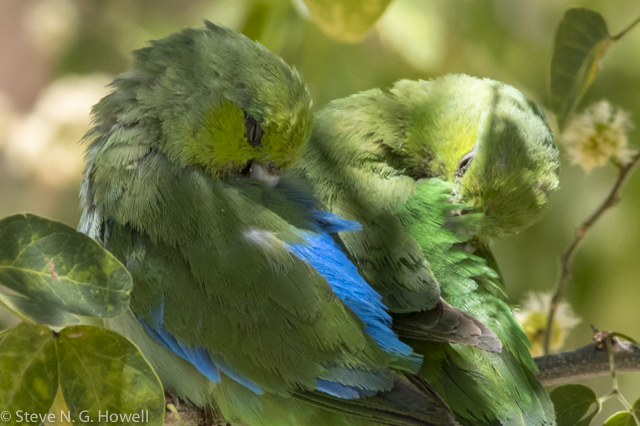
Mexican Parrotlets look and sound different from mainland birds, another reasonable split.
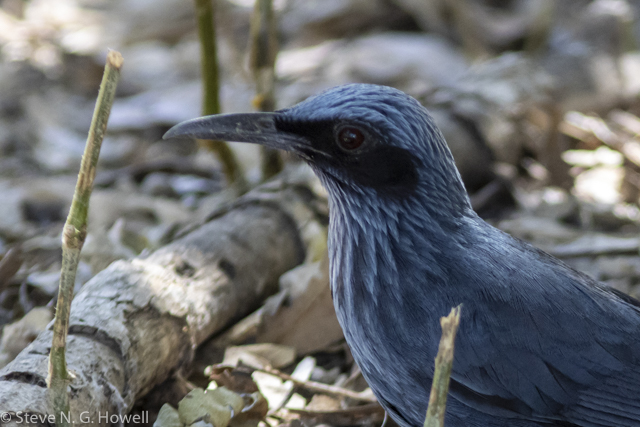
Often challenging to see on the mainland, Blue Mockingbird (Long-billed Mockingbird?) is quite common and decidedly confiding.
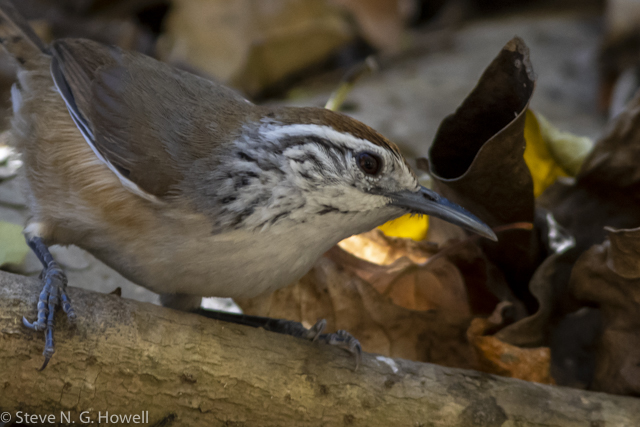
The same applies to Happy Wrens—and yes, they also look different and behave differently. Leaf-litter Wren might be a better name!
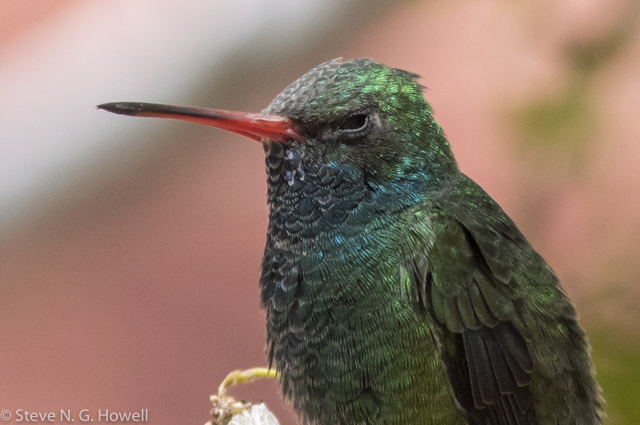
Ironically perhaps, although now universally split as a species, Lawrence’s (or Tres Marias) Hummingbird is one of the least different-looking endemics, plus not the only hummingbird endemic to the islands such that some Mexican biologists favor using the original English name, Lawrence’s.
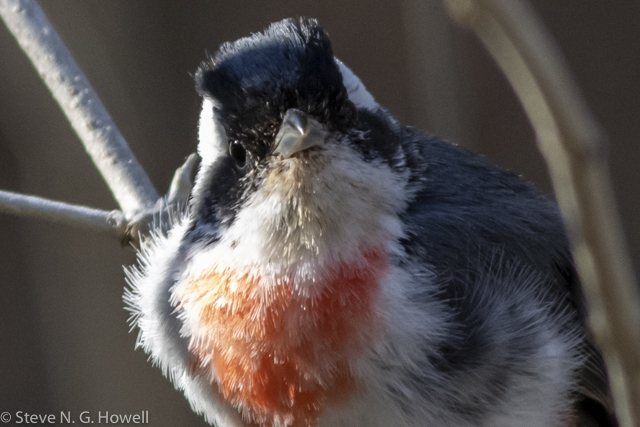
Another striking-looking endemic (yes, this is an adult male!) is the francescae race of Red-breasted Chat (Francesca’s Chat, anyone?), also quite common and easily seen.
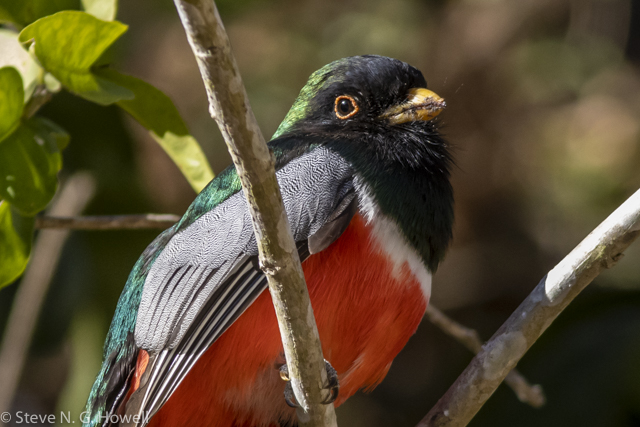
Once considered an island subspecies but no longer, Elegant Trogons are nonetheless stunning, plus absurdly tame!
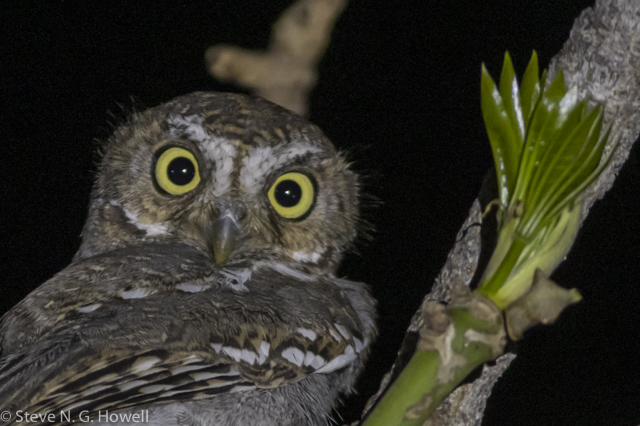
Another non-endemic, but a nice bird to have around town is Elf Owl, this one spotted from our kitchen window!

It says Welcome (Bienvenidos) but sadly this was our last view of Isla Maria Madre as we left the dock.
April 22:
Luke Seitz and Steve Howell report from Mexico: Oaxaca and Western Chiapas
Our Mexico: Oaxaca and Western Chiapas tour started in fine fashion near the bustling city of Tuxtla Gutierrez, where birding within an hour’s drive of the city produced many stunning Russet-crowned Motmots...
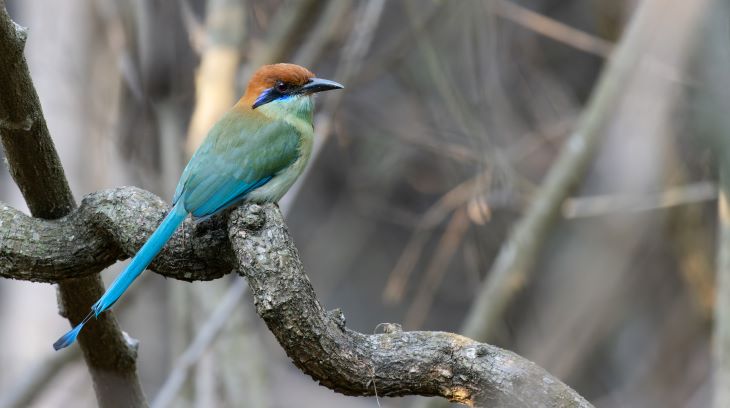
...and an incredible Bearded Screech-Owl, roosting in the highland pine-oak forests near San Cristobal! How lucky could we get?!
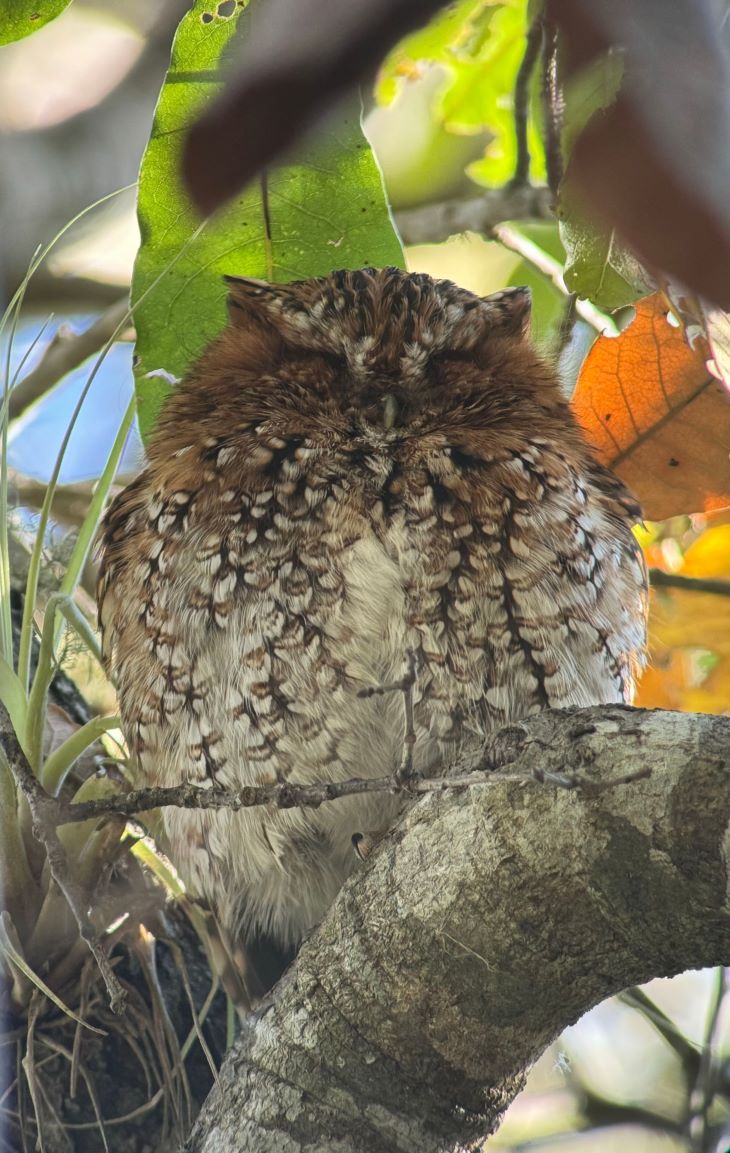
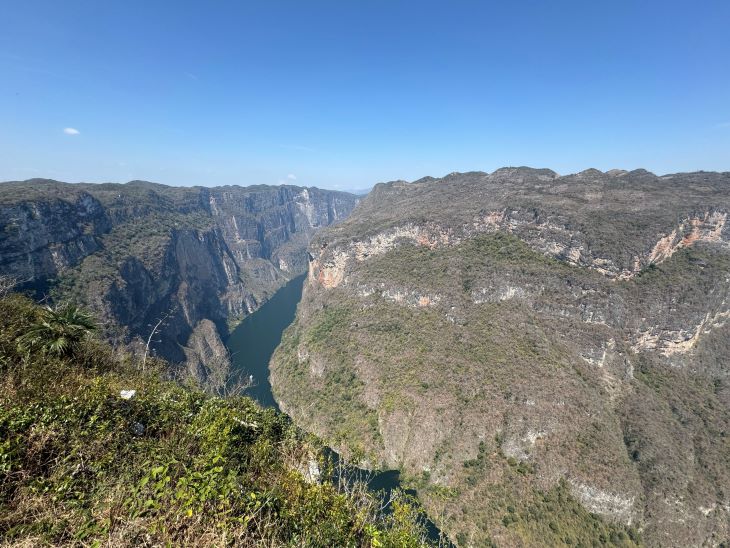
We spend two mornings at the gorgeous Sumidero Canyon, where a clear highlight this year was...
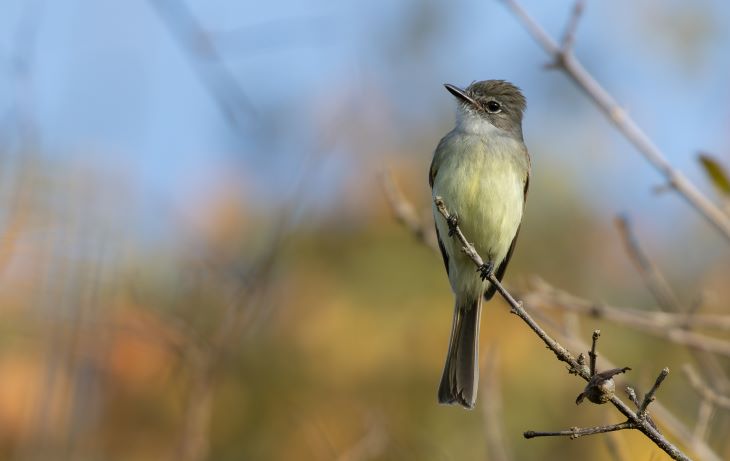
...this supremely cooperative Flammulated Flycatcher.
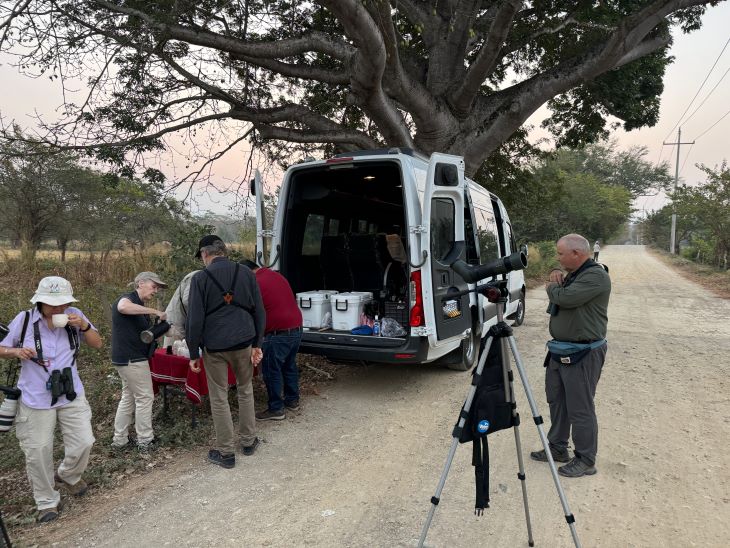
Picnics feature strongly on this tour, often surrounded by great birds such as...
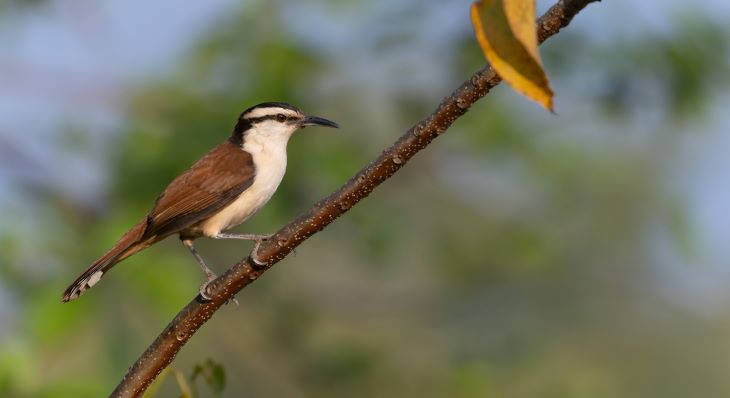
...the range-restricted Giant Wren!
After several days in Chiapas, we drove across the Isthmus of Tehuantepec and ended up in Oaxaca, where we birded cool montane forests...
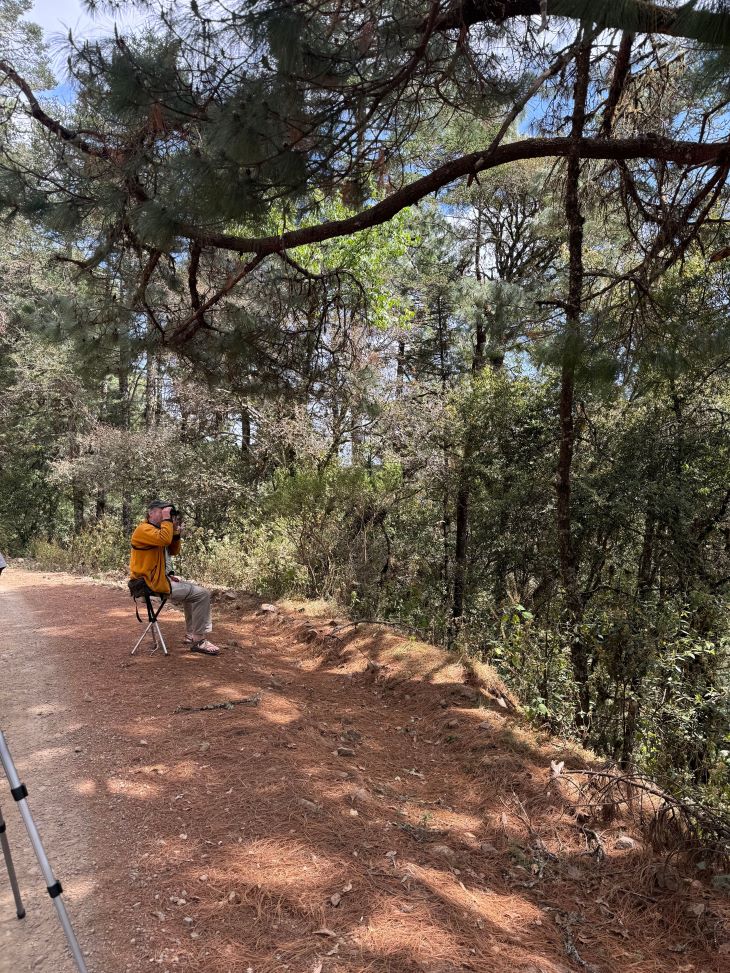
...where specialties like Dwarf Jay performed better than ever!
The sought-after Oaxaca Sparrow was also abnormally cooperative this year.
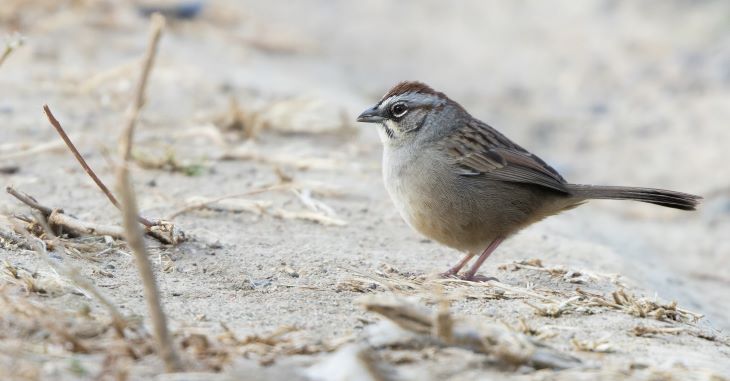
It's difficult to choose a favorite bird in this fascinating part of the word, but surely the eye-melting Rosita’s Bunting must feature high on the list. We’re already looking forward to next time!
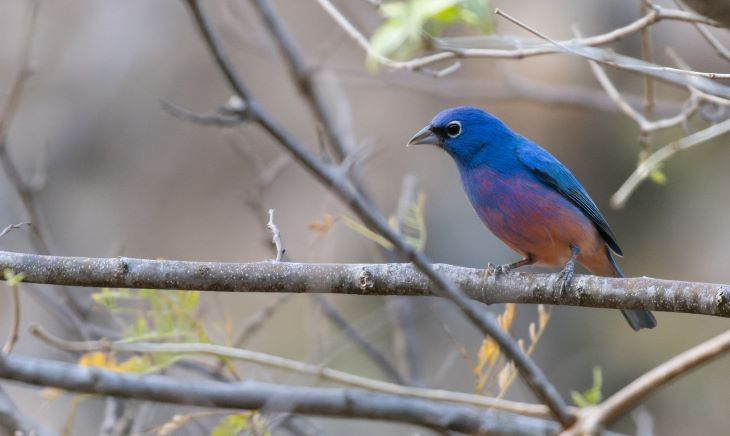
April 18:
Paul Holt reports from Bhutan
A fantastic encounter with four Blood Pheasants early in to the second half of our Bhutan tour stole the Bird of the Trip award although Satyr Tragopan (we saw three separate birds superbly well), a pair of Beautiful Nuthatches, a couple of gaudy Himalayan Monals, a solitary White-bellied Heron, four Ibisbills, umpteen Rufous-necked Hornbills and a flock of 20 Fire-tailed Myzornis all pushed it hard…But Bhutan’s far more than just impressive birds – there’s the spectacular mountain and forest scenery, the country’s unique culture and fascinating Buddhist heritage and of course our fabulous ground agents. Bhutan has so much to offer...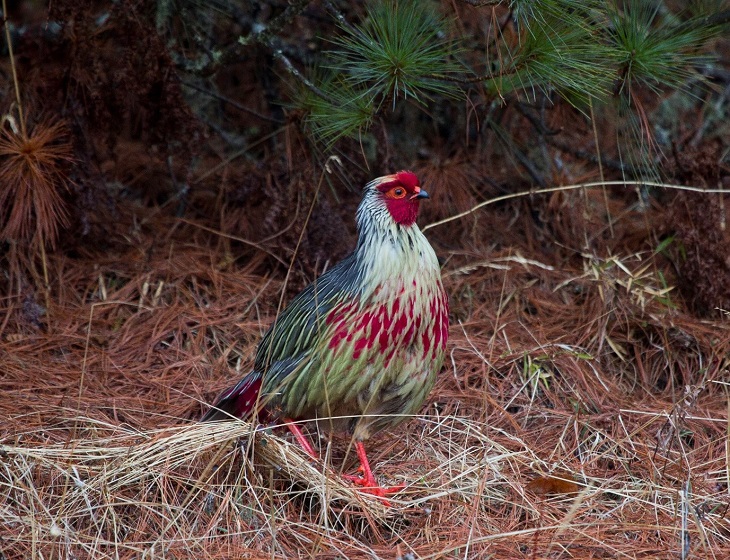
Blood Pheasant romped away with the 'Bird of the Tour' award...
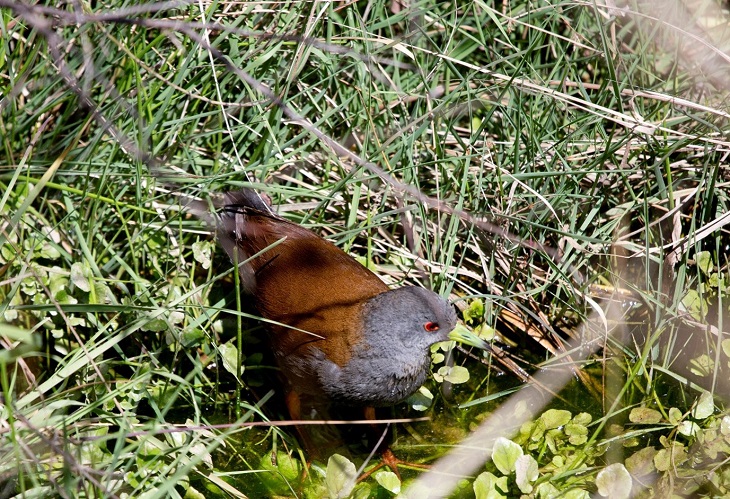
but Black-tailed Crake pushed it hard...
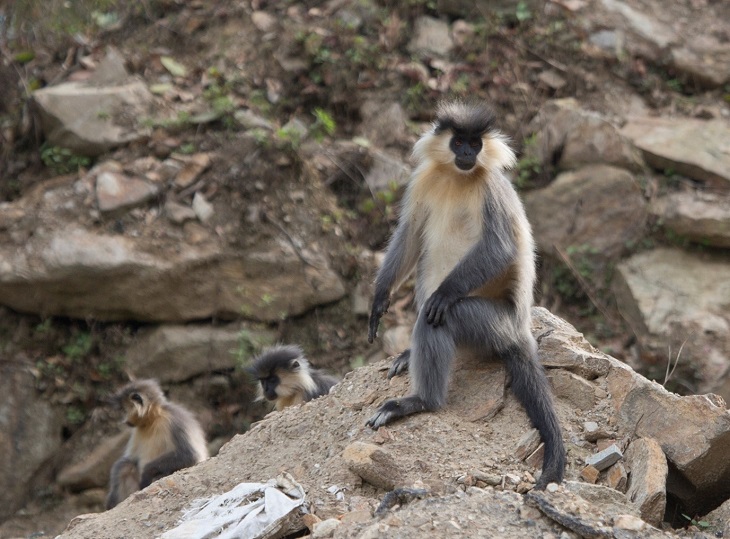
Capped, one of three species of langur we saw.

Punakha dzong – one of the country's more spectacular fortress-monasteries
April 8:
Steve Howell and Luke Seitz report from the conclusion of their trans-equatorial odyssey on the Chile to California cruise.
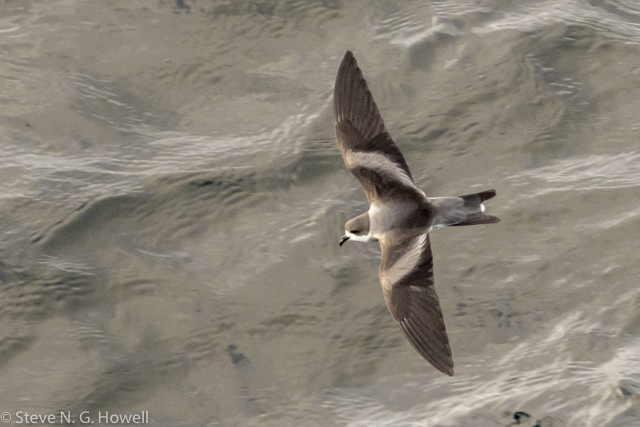
This trip transits over 5000 miles through the waters of 12 countries (this year, with documented first country records for four of them!). Some 33 species of tubenoses, ranging from five albatrosses to a remarkable 12 storm-petrels, topped the pelagic bill, here the handsome Hornby’s (or Ringed) Storm-Petrel.
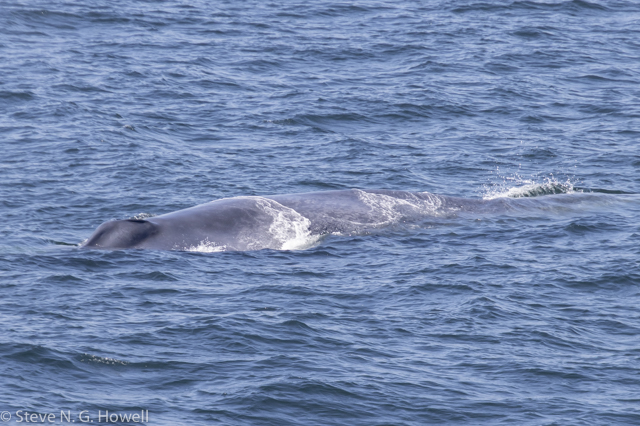
Although up-close Blue Whales several times...
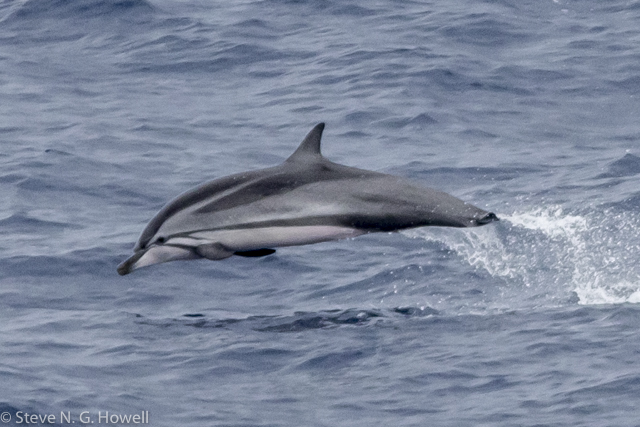
And fancy Striped Dolphins weren’t too shabby either!
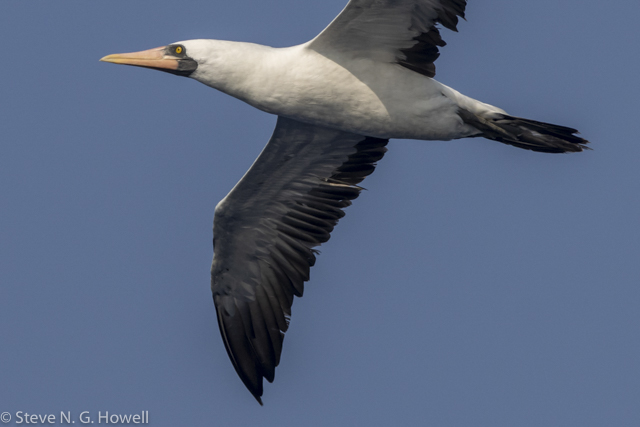
Point-blank Nazca Boobies joined us on several days...
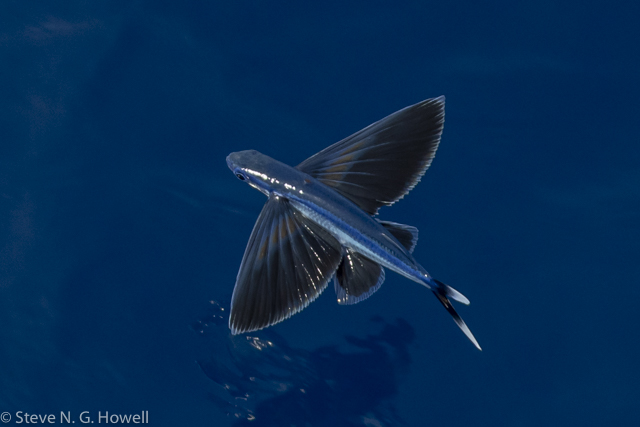
Intent on hunting flyingfish (like this Pied-tailed Necromancer) that the ship flushed
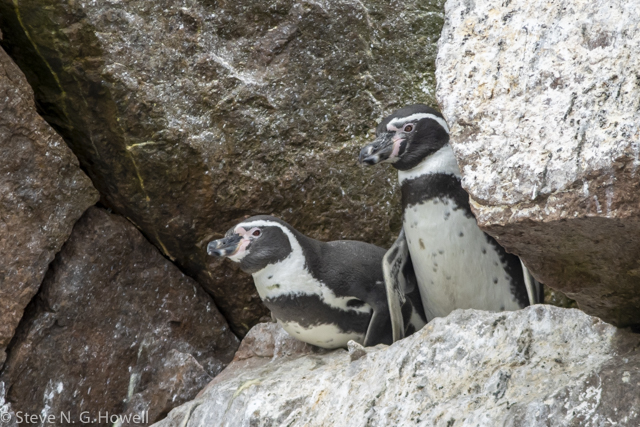
From Humboldt Penguins...
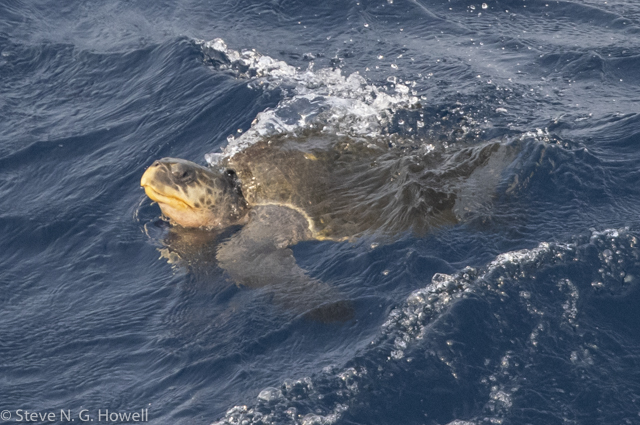
And Olive Ridley Sea Turtles
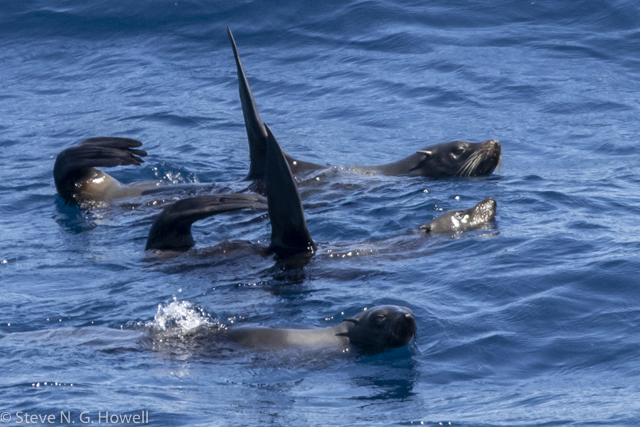
To Guadalupe Furseals the trip was an eponymic delight!
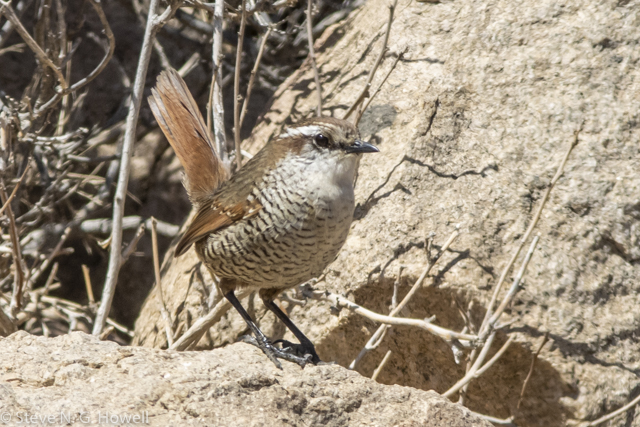
Birds at our varied landings ranged from this curious White-throated Tapaculo

And cryptic Peruvian Thick-knees...
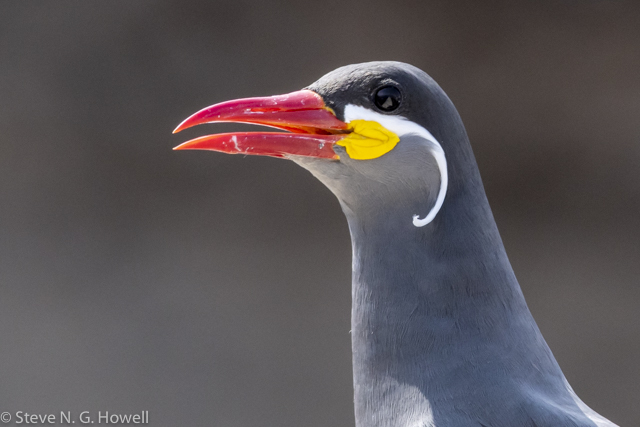
To the ultra-fancy Inca Tern
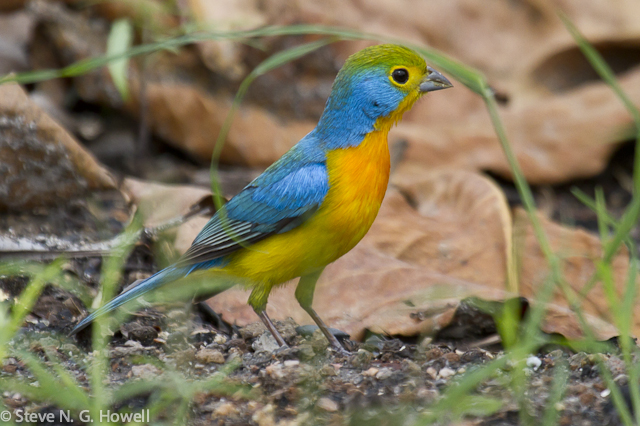
And the eye-burningly bright Orange-breasted Bunting.

Memories of this remarkable trip will last a lifetime—happy oceanic birding!
April 5:
Susan Myers reports from our recent India: The North tour
A happy and healthy group enjoyed an amazing three weeks in India's northwest where we took in the deserts, woodlands, foothills, and the mountains of the Himalayas. So many highlights! Including the Taj Mahal, Sloth Bears, Ibisbills, Gharials, Mount Everest, and much more. But the undoubted highlight was a remarkable 11 Tigers (yes, eleven!) seen at Ranthambore and Corbett National Parks. Nothing short of breathtaking, and a truly memorable experience.
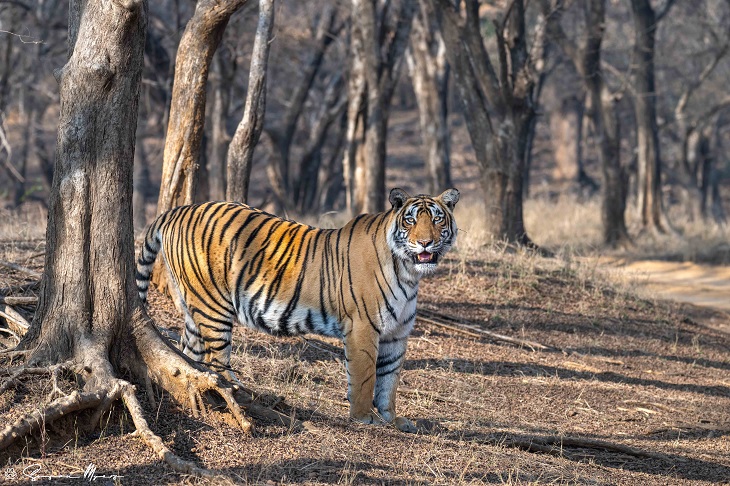
Queen of the Jungle! This is Arrow-head, she has just seen her three cubs cross the road and she’s checking to see if they’re safe.
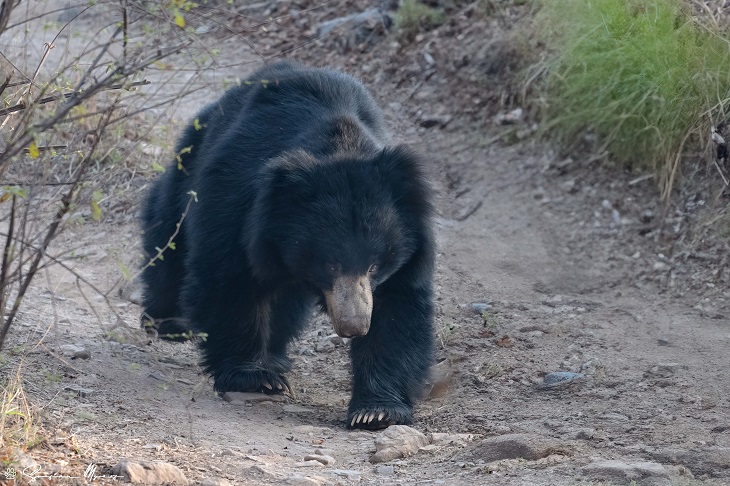
Sloth Bear
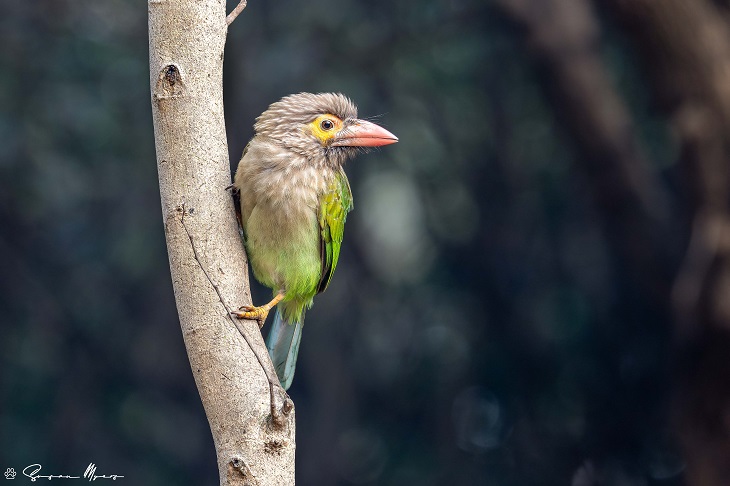
Brown-headed Barbet
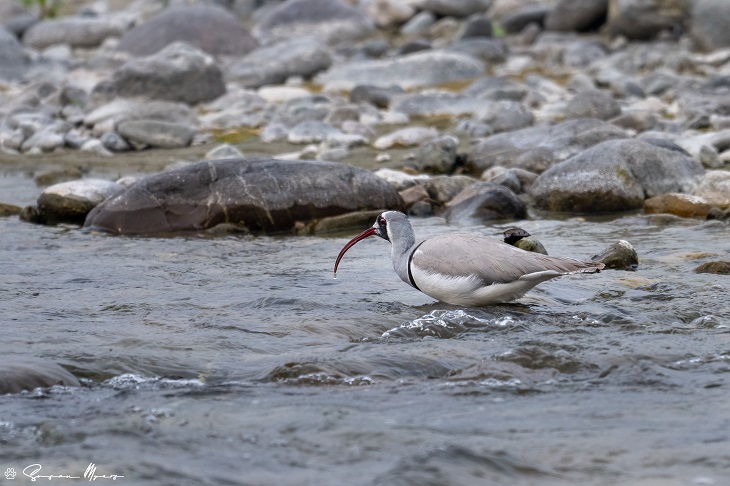
Ibisibill
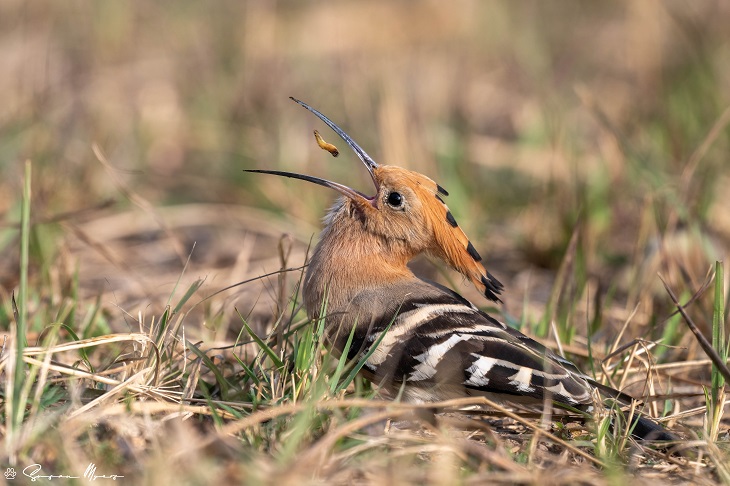
Eurasian Hoopoe
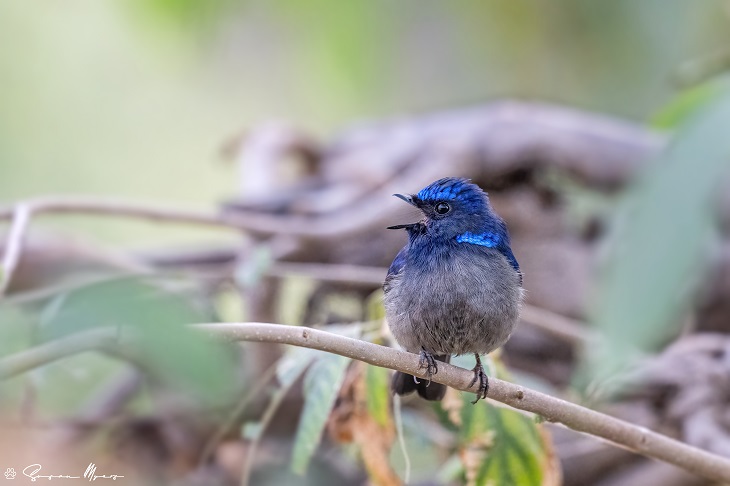
Small Niltava
March 19:
Susan Myers reports from Japan in Winter
Our winter tour in Japan this year featured the usual array of fantastic birds – the incredible numbers of cranes, wildfowl and eagles never fail to impress. And then there are some special rarities such as Japanese Murrelet and Blakiston’s Fish Owl, that can only realistically be seen in this country that counts so many of their birds as National Treasures, an official title. We were also lucky this year to have encounters with several species that we always hope for but can’t necessarily count on, of note the Japanese Waxwings, Baikal Teal, Stejneger’s Scoter, Green Pheasant, and Siberian Crane. While the birds we encounter on our winter tour are always amazing, Japan's charm extends far and wide – from its serene temples and cozy inns to the exquisite culinary delights, ensuring that our tour offered an enriching experience in every aspect.
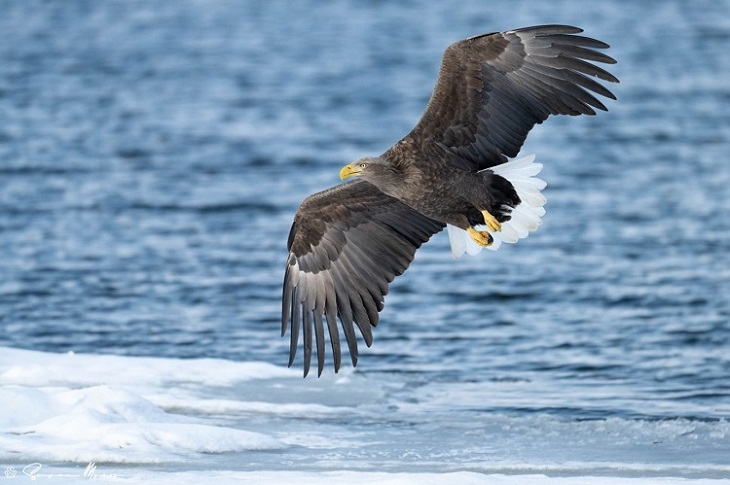
On the far north island of Hokkaido, we spent plenty of time with the White-tailed Eagles…
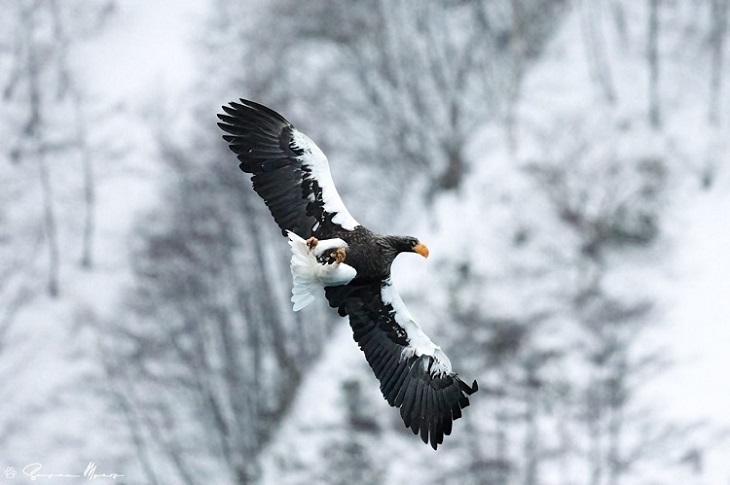
that keep company with the migratory Steller’s Sea Eagles that descend on Hokkaido in winter because it’s warmer here than on their breeding grounds!
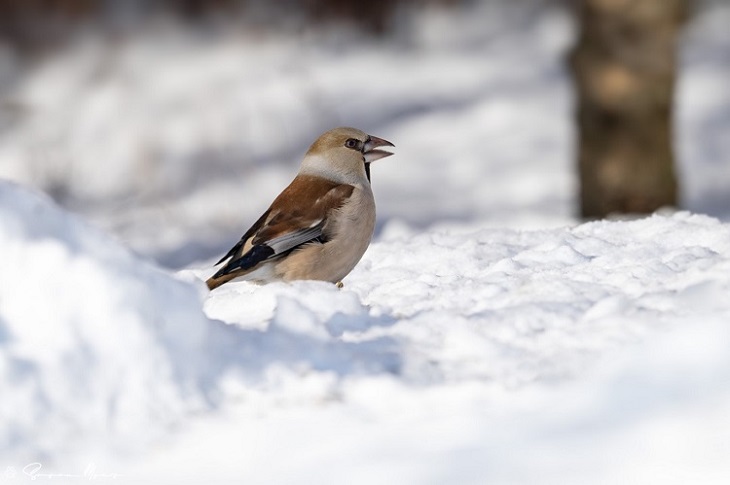
Amongst the overwintering passerines we found Hawfinches, that often come into feeders…
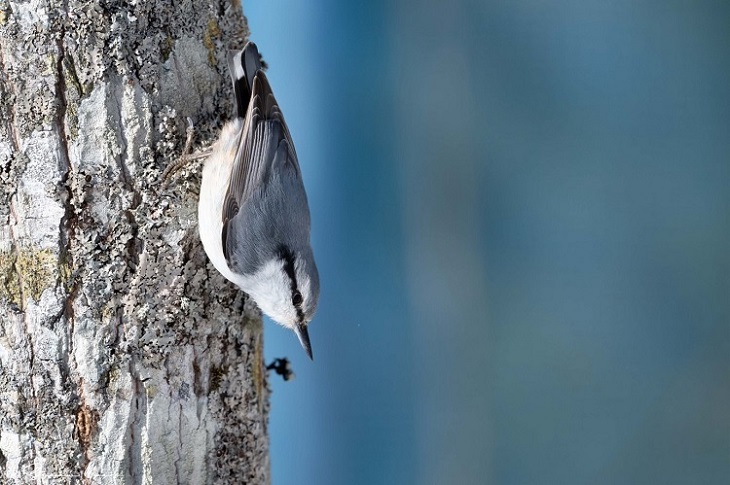
as well as the white-bellied race of Eurasian Nuthatch…
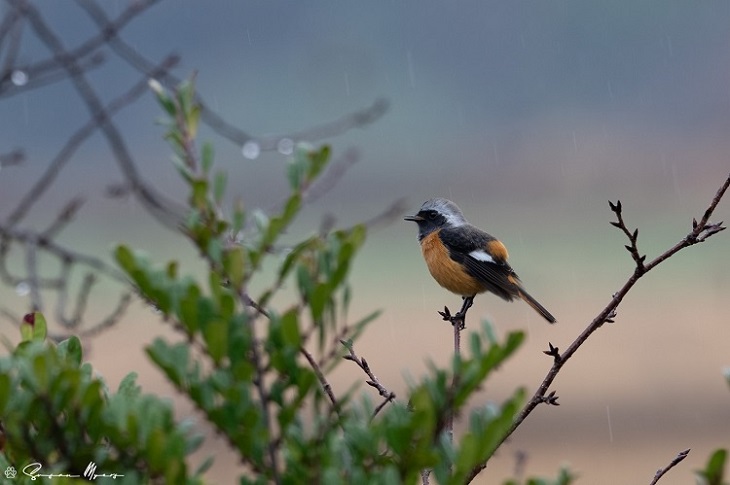
stunning Daurian Redstarts…
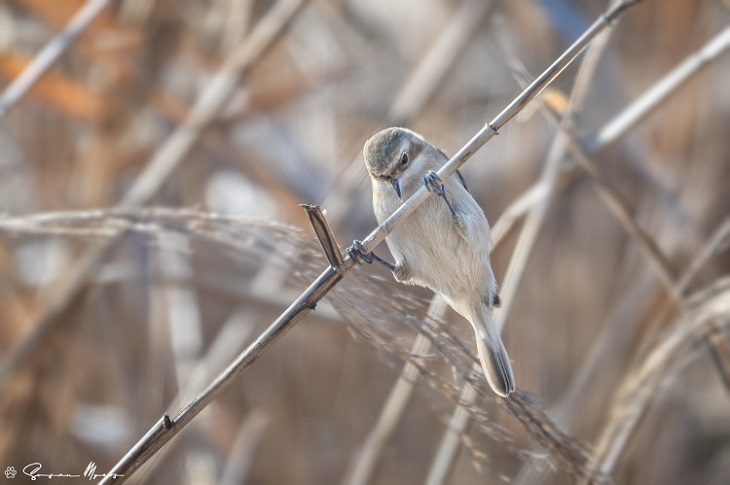
charming Chinese Penduline-tits…
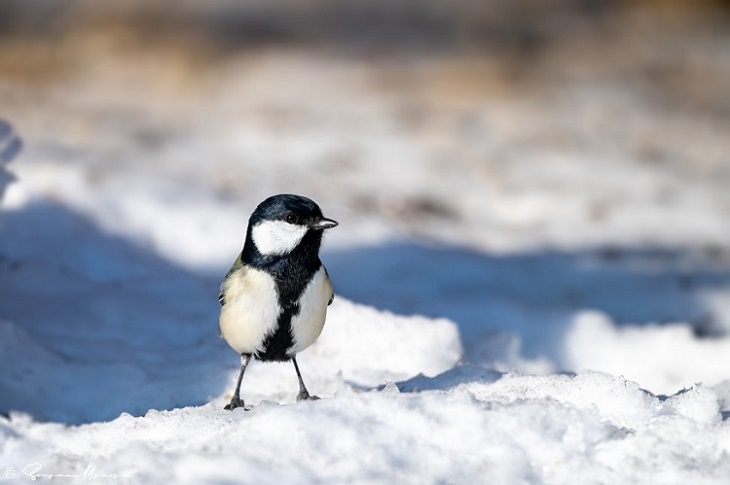
and cute Japanese Tits.
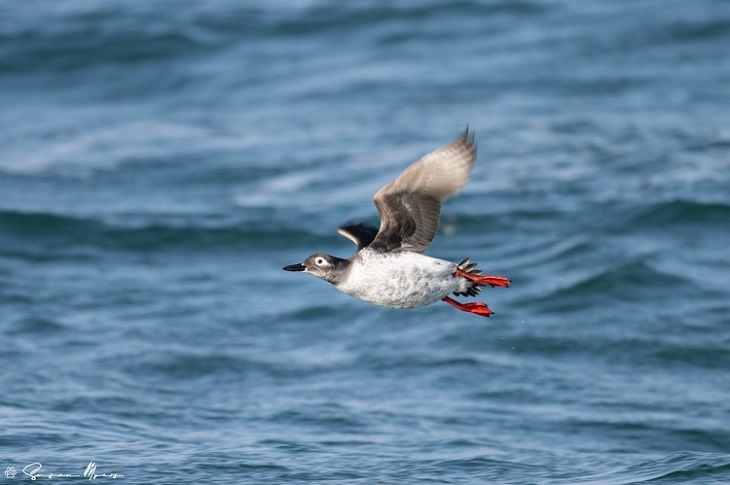
Our nature cruise off the Nemuro Peninsula was super productive for Spectacled Guillemots and other alcids.

Amongst the multitudinous White-naped Cranes (and Hooded Cranes) on the southern island of Kyushu…
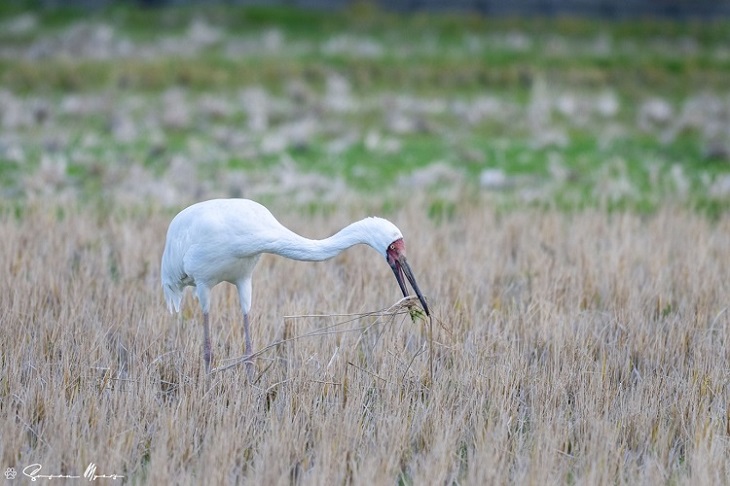
we were very lucky to encounter the Critically Endangered Siberian Crane.

In our spare time we took in some cultural experiences, including a brief visit to the stunning Matsumoto Castle, steeped in history…

a couple of spectacular feasts…

and wonderful scenery.
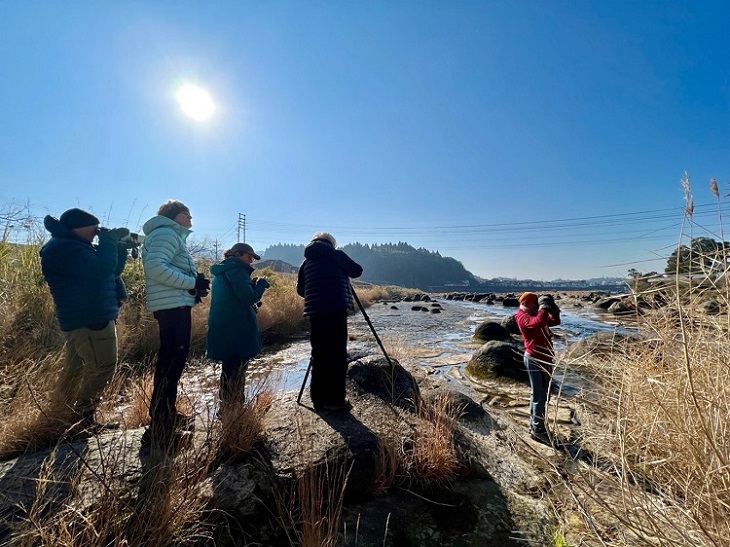
Happy Birding!
March 18:
Skye Haas reports from the recent Belize tour
Belize is a beautiful gem of a country with its extensive emerald-colored forests, pastoral farmlands and sparkling Caribbean beaches. WINGS had not been to this beautiful and birdy country since the Covid shutdowns had actually canceled our tour midstream, but as the nine participants on the spring 2024 tour quickly learned, it was worth the wait! Over the course of this twelve-day tour we traveled extensively across the country, starting out in the coastal mangrove groves on the outskirts of Belize City; onto the expansive marsh and Yuacatan savannas of the Crooked Tree Wildlife Sanctuary; up to the highlands of the Mountain Pine Reserve; and deep into the tropical jungles of La Milpa, Cockscomb Preserve, & Bocawina and Blue Hole National Parks among many other fantastic birding locals. We visited on several occasions Mayan ruins, including the uncovered fabled cities of Caracol and Chan-Chich. The overwhelming abundance and richness of avian life in this small nation is outstanding and our group consisted of participants exploring their first international trip, as well as long-time veterans of neotropics- and all got multiple lifers and incredible experiences they will treasure for years to come. We tallied in an impressive 351 species of bird, featuring 16 species of hummingbird, 33 diurnal raptors, 31 flycatchers, 24 warblers and 16 species of tanager! Some of our highlights included Orange-breasted Falcon, Lovely Cotinga, Pheasant Cuckoo, Keel-billed Motmot, Agami Heron, Yucatan Nightjar, Black-throated Bobwhite, Striped Owl, Gray-throated Chat and both Black-and-White & Ornate Hawk-Eagles at the nest!
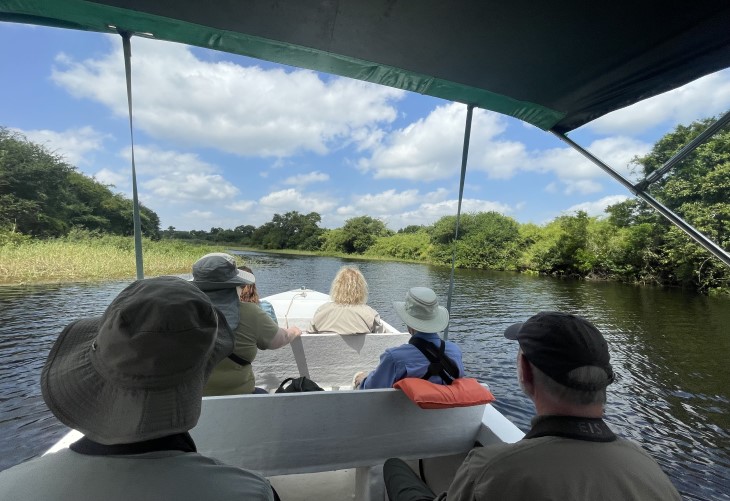
Exploring the river for Boat-billed Heron.
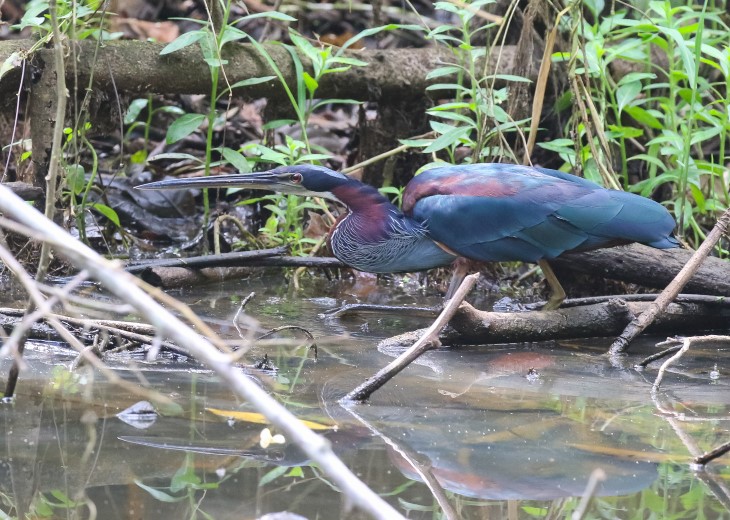
Agami Heron
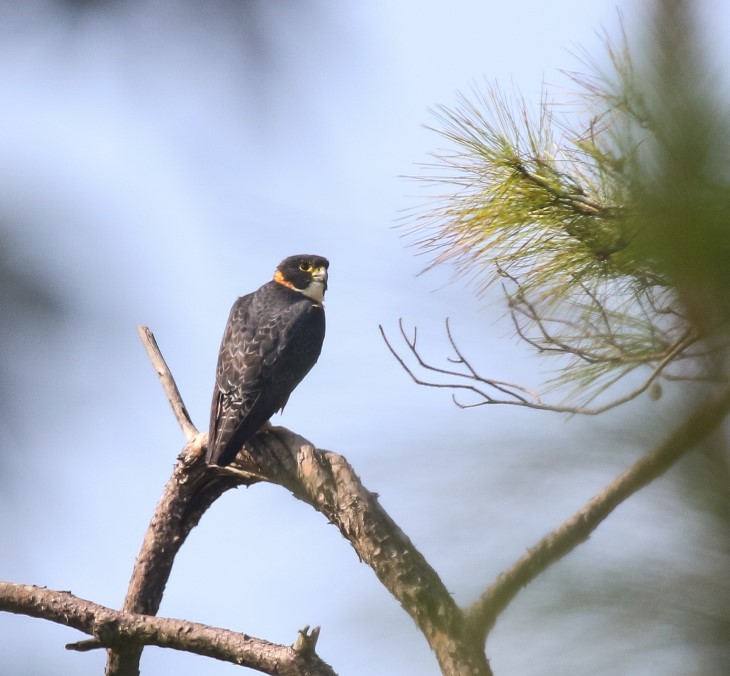
Orange-breasted Falcon
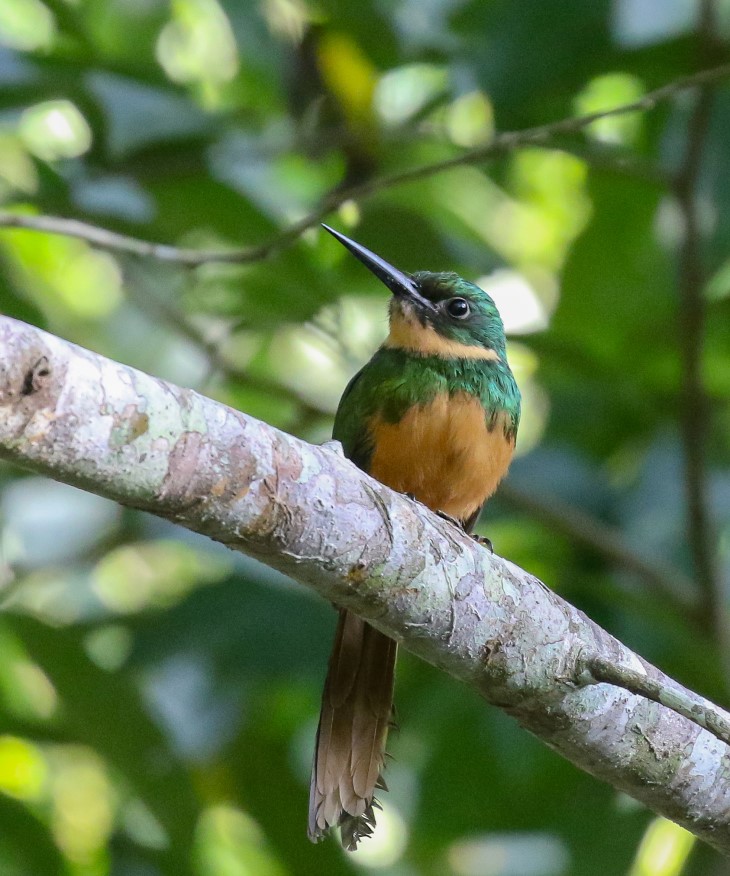
Rufous-tailed Jacamar
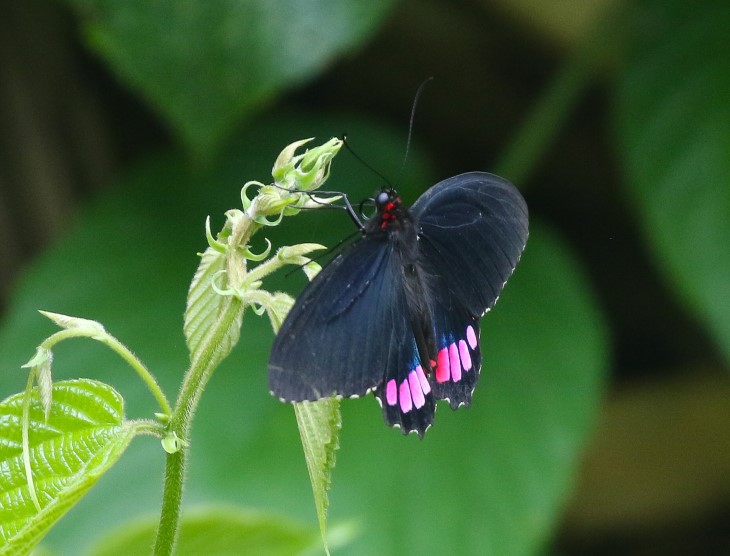
Butterflies were abundant and some of the standouts included Blue Morpho, Banded Peacock, Owl Butterfly and this Variable Cattleheart.
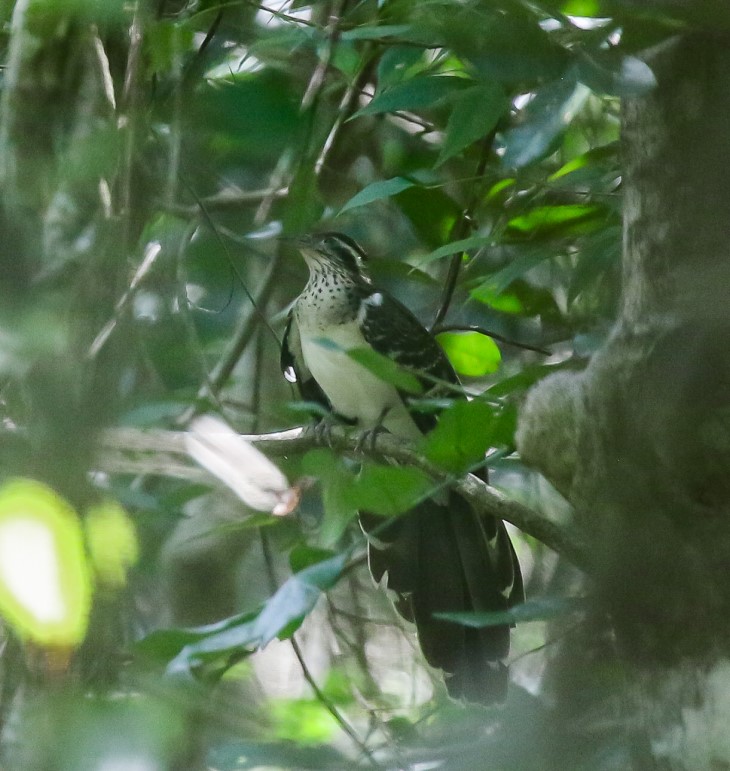
Pheasant Cuckoo
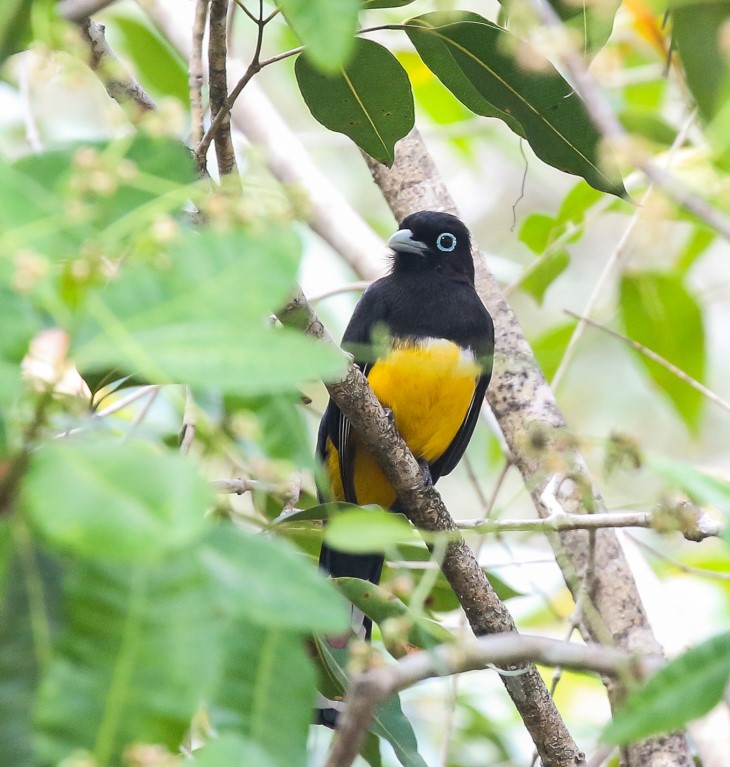
Black-headed Trogon
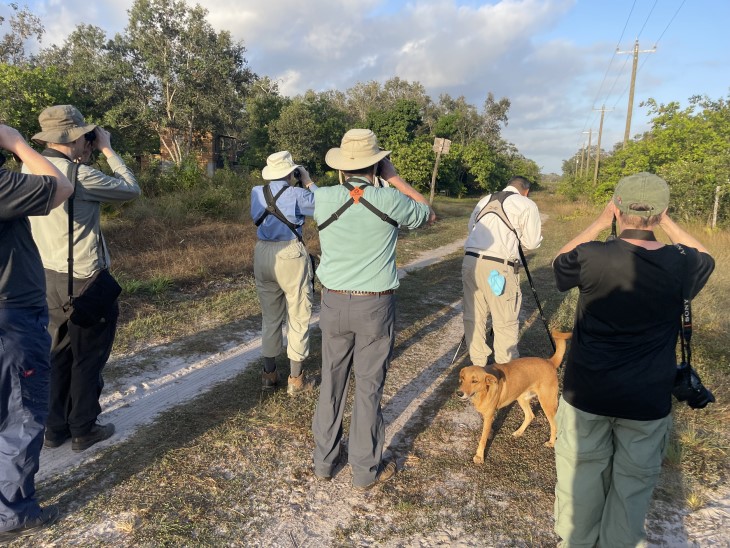
Looking for Yucatan Jays with our friendly canine escort unit.
